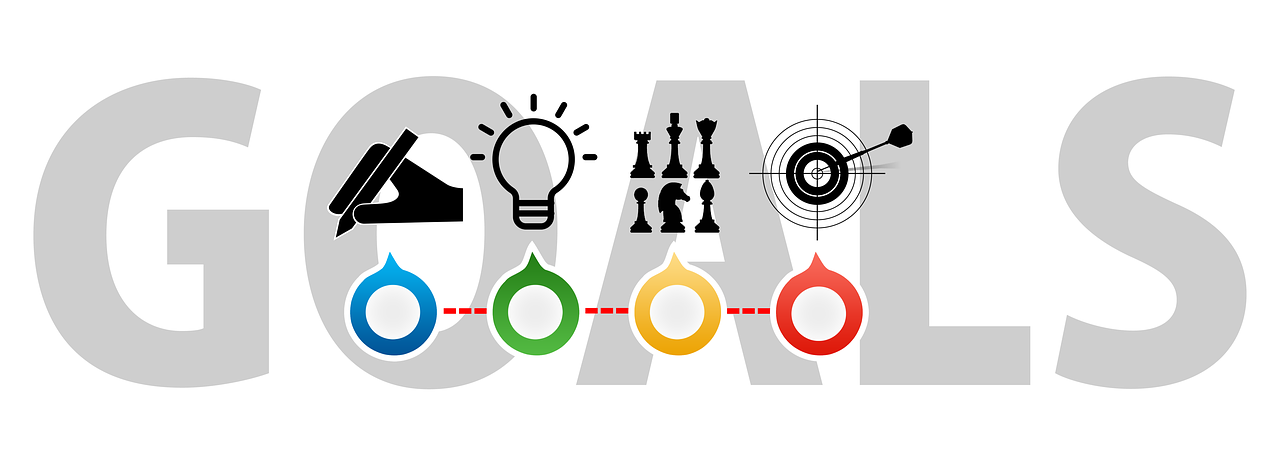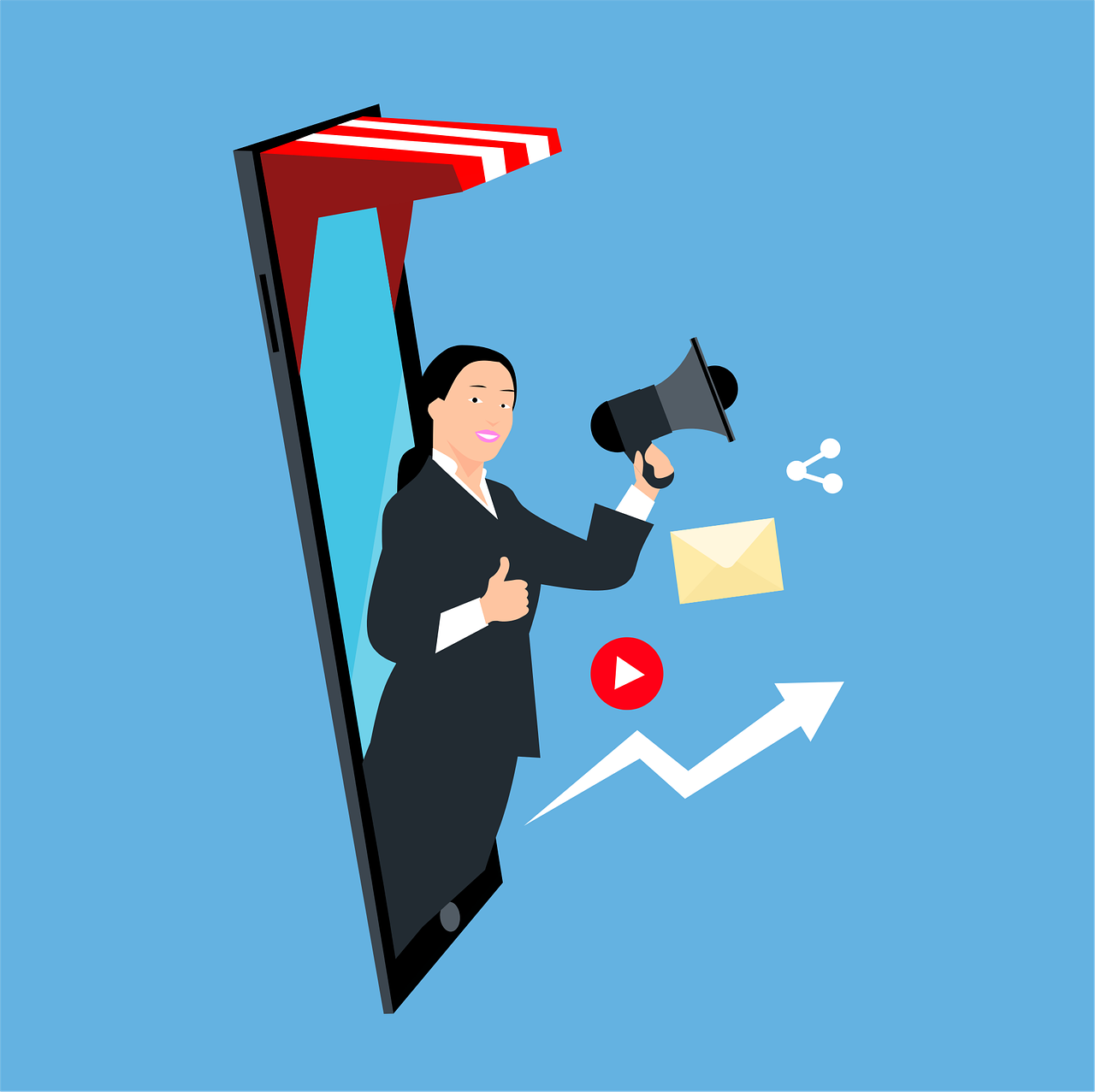In the rapidly evolving marketplace of 2025, crafting a winning sales strategy is no longer a mere option—it’s a necessity. With digital transformation accelerating and buyer behaviors shifting, businesses must pivot their sales approaches to stay competitive and relevant. Modern sales strategies embrace a blend of technology-driven insights, personalized customer engagement, and cross-functional collaboration, empowering sales teams to achieve efficiency while building authentic relationships. As companies harness tools like Salesforce and HubSpot alongside platforms such as LinkedIn and ZoomInfo, the alignment between marketing and sales becomes a formidable growth driver. Moreover, integrating AI-powered analytics allows teams to identify high-potential leads swiftly and tailor pitches with laser precision. Yet, success is not just about tools but cultivating a culture that motivates reps, adapts to evolving customer needs, and fosters continuous learning. This exploration peels back the layers of critical sales strategies, providing actionable insights and proven frameworks essential for any organization aiming to excel in today’s competitive landscape.
Understanding the Core Components of a Successful Sales Strategy in 2025
At its heart, a sales strategy is a blueprint guiding how a company approaches customer acquisition and retention. It encompasses decision-making about target markets, positioning, messaging, and sales processes that enable teams to convert prospects effectively. In 2025, the need for a well-defined sales strategy is heightened by evolving buyer expectations and the wealth of information accessible at their fingertips.
A compelling strategy integrates comprehensive customer profiling to tailor offerings precisely. For instance, businesses leveraging data platforms like ZoomInfo can build intricate buyer personas, helping sales representatives anticipate challenges and craft solutions before a conversation even begins. This preparation distinguishes top performers who use tools like Gong and Chorus to analyze calls, refine pitches, and improve messaging continuously.
Central to any winning sales strategy is aligning team efforts with overarching business objectives. Clear goals provide direction and enable measurement of progress, whether targeting increased revenue, better conversion rates, or expanding market share. Utilizing CRM systems like HubSpot or Pipedrive streamlines data management and automates routine tasks, allowing sales professionals to focus on nurturing meaningful relationships and closing deals.
Key to this framework is understanding the customer journey and synchronizing sales tactics accordingly. The modern buyer moves through awareness, consideration, and decision phases, and a sales strategy should define how sales reps engage at each stage. For example, inbound sales approaches that respond to buyer actions provide a seamless experience, in contrast to conventional outbound practices which often rely heavily on volume and cold outreach.
Table: Key Components of a Sales Strategy
| Component | Description | Tools/Examples |
|---|---|---|
| Customer Profiling | Detailed creation of buyer personas based on market research and data analytics. | ZoomInfo, LinkedIn Insights |
| Sales Goals Alignment | Setting SMART objectives that link individual and company targets. | HubSpot Goals, Salesforce Dashboards |
| Process Definition | Mapping sales stages to buyer journey phases. | Salesloft, Outreach |
| Performance Measurement | Tracking KPIs like conversion rates and pipeline velocity. | Pipedrive Analytics, Gong Call Reviews |
By anchoring your sales strategy in these foundational components, you empower your sales team with clarity and purpose, which consistently translates into improved results.

Leveraging Technology and Data-driven Insights to Drive Sales Efficiency
The integration of technology in the sales process has transformed traditional selling into a scientifically guided operation. Today’s organizations utilize AI-infused tools and sophisticated data analytics platforms to identify prime leads, forecast demand, and streamline sales cycles. For example, AI-powered CRMs like Salesforce and HubSpot use predictive analytics to score leads, allowing reps to prioritize efforts and engage prospects with personalized communications.
Another cornerstone of digital sales efficiency lies in leveraging automation. Automating routine tasks such as data entry, follow-ups, and lead nurturing frees up valuable time for frontline sales professionals. This tactic aligns with findings from the latest research showing that salespeople who adopt automation tools report over 40% better quota attainment than their counterparts.
Moreover, precision in communication has been enhanced by conversational intelligence platforms like Chorus and Gong. These tools record and analyze sales calls to detect patterns leading to successful outcomes, enabling coaching that sharpens reps’ skills in real time. Coupling these insights with outreach platforms such as Outreach or Salesloft creates a robust ecosystem for managing high-volume, yet personalized engagement campaigns.
Social selling has emerged as a pivotal strategy where platforms like LinkedIn facilitate direct connections and thought leadership. Sales professionals use LinkedIn not only to prospect but also to nurture relationships by sharing content that builds trust and informs buyers. This method dovetails perfectly with brand loyalty activities driven through coordinated social media campaigns, increasing lead quality and conversion rates.
List: Technologies Boosting Modern Sales Strategies
- Salesforce and HubSpot CRM: Centralized customer data with AI-driven analytics.
- Gong and Chorus: Conversational intelligence for sales coaching and quality assurance.
- Outreach and Salesloft: Sales engagement platforms that optimize workflows and automate outreach.
- LinkedIn: Social selling and professional networking.
- ZoomInfo: Advanced prospecting with enriched business data.
These technologies collectively support a sales force that is not only more informed but also more agile and customer-centric. Integrating these systems ensures a seamless blend of personalization at scale.
Building a Motivated and High-Performing Sales Team Aligned to Business Goals
The backbone of any effective sales strategy is its people. In 2025, top sales organizations invest heavily in hiring, training, and retaining high-potential talent. Recruiting starts with identifying candidates who demonstrate adaptability, emotional intelligence, and a growth mindset rather than merely focusing on past sales records.
Once hired, ongoing education and skill development are paramount. Collaborative training sessions leveraging real call recordings from tools like Gong and Chorus provide immersive learning experiences. Harmonizing sales and marketing efforts through service-level agreements (SLA) ensures that reps receive qualified leads and support tailored to optimize conversions.
Motivation is sustained through transparent performance tracking with CRM dashboards and regular feedback meetings. Effective sales leaders recognize that motivation stems from a mix of personal growth opportunities, competitive compensation, and a positive company culture that celebrates success and fosters community.
List: Strategies to Build and Sustain a Sales Dream Team
- Define clear career progression paths: Keep talent motivated through growth opportunities.
- Implement regular performance reviews: Utilize Gong and HubSpot analytics for objective feedback.
- Foster teamwork: Create buddy programs and cross-functional collaborations.
- Align incentives with business goals: Use Salesforce to monitor compensation plans linked to KPIs.
- Promote continuous learning: Invest in workshops and certifications.
This people-centric approach ensures teams remain engaged, resilient, and tuned to the company’s evolving objectives, resulting in sustained sales growth.

Crafting Customer-Centric Sales Processes for Lasting Relationships
As the buyer journey becomes increasingly self-directed, crafting sales processes that emphasize value delivery and relationship-building is critical. This consultative selling approach requires reps to prioritize understanding customer pain points and tailoring solutions accordingly rather than pushing products indiscriminately.
Account-Based Selling (ABS) signifies this targeted paradigm. Here, sales teams focus on a select number of high-value accounts, conducting deep research and collaborating closely with marketing to produce personalized content. The result is a tighter alignment with customer needs and a higher likelihood of closing complex deals.
Branching from ABS is partner selling, where strategic alliances open access to new markets and customer bases. However, these partnerships demand trust and clear communication to ensure brand integrity and sales performance.
Table: Comparison of Sales Methodologies
| Methodology | Focus | Key Advantages | Challenges |
|---|---|---|---|
| Consultative Selling | Building trust and tailored solutions | Stronger customer loyalty and repeat business | Requires skilled reps and time-intensive selling |
| Account-Based Selling | High-value account targeting | Improved conversion rates on complex deals | Resource-heavy and less scalable |
| Partner Selling | Leveraging third-party channels | Access to new markets without direct sales effort | Less control over customer experience |
Initiatives and Best Practices That Elevate Sales Strategy Execution
Outstanding sales strategies are supported by targeted initiatives that refine ongoing efforts and encourage continuous improvement. Regularly refreshing buyer personas, for instance, keeps the sales approach aligned with evolving market demands. Collaboration between sales and marketing teams through structured agreements ensures efficiency and less friction.
Implementing and maximizing CRM usage is indispensable, with HubSpot and Salesforce offering integrated environments to track leads, automate workflows, and analyze performance. Active listening to customer feedback not only fine-tunes products and services but also uncovers new sales opportunities.
Investing in team-building and sales development boosts morale, collaboration, and productivity. The outcome is a cohesive team ready to adapt dynamically and exceed targets.
List: Key Sales Initiatives to Implement
- Regular updates of customer and market insights to maintain relevancy (market research & expansion).
- Align sales and marketing goals through formalized SLAs (company culture for top talent).
- Leverage CRM automation for enhanced productivity (time management tips for busy sales teams).
- Incorporate customer feedback loops to spur innovation (customer feedback & innovation).
- Amplify social media presence to build brand loyalty (social media & brand loyalty).

Interactive Sales Strategy Comparison Table
Filter the sales strategies in the table by typing keywords in the search box.
Frequently Asked Questions to Sharpen Your Sales Strategy Approach
What is the difference between inbound and outbound sales?
Inbound sales focus on attracting leads through content and buyer-driven activities, often involving nurturing marketing-qualified leads. Outbound sales entail proactive outreach like cold calling to generate new prospects.
How does CRM technology enhance sales performance?
CRMs centralize customer data, automate tasks like follow-ups, provide analytics on sales activities, and enable better lead tracking, all of which provide actionable insights that improve efficiency and close rates.
What role does AI play in modern sales strategies?
AI assists by providing predictive lead scoring, automating repetitive tasks, analyzing conversational data to improve pitches, and offering actionable insights, ultimately boosting sales team productivity.
How can sales and marketing alignment improve results?
Alignment ensures consistent messaging, efficient lead qualification, and a shared focus on conversion goals, enhancing customer experience and maximizing ROI.
What is Account-Based Selling and when is it most effective?
Account-Based Selling targets a select group of high-value accounts with personalized strategies. It is most effective for B2B businesses with complex sales and longer cycles, where detailed customization can close large deals more efficiently.


